America’s cultural landscape isn’t defined solely by metropolises like New York, Los Angeles, and Chicago. Across the country, smaller cities punch well above their weight in cultural significance, offering rich artistic scenes, historical importance, and creative energy that belies their modest populations.
These cultural powerhouses prove that innovation, artistic excellence, and historical significance aren’t measured by city limits or population statistics. Here is a list of 16 small U.S. cities whose cultural influence extends far beyond their geographic boundaries.
Asheville, North Carolina

Nestled in the Blue Ridge Mountains, this city of just 94,000 has become the creative heart of the South, with more artists per capita than almost anywhere in the country. The River Arts District houses hundreds of working artists in converted industrial buildings along the French Broad River.
Local musicians keep traditional Appalachian sounds alive while blending them with contemporary influences, creating a music scene that attracts talent from across the nation to venues like the Orange Peel, rated among the best live music spots in America.
Santa Fe, New Mexico
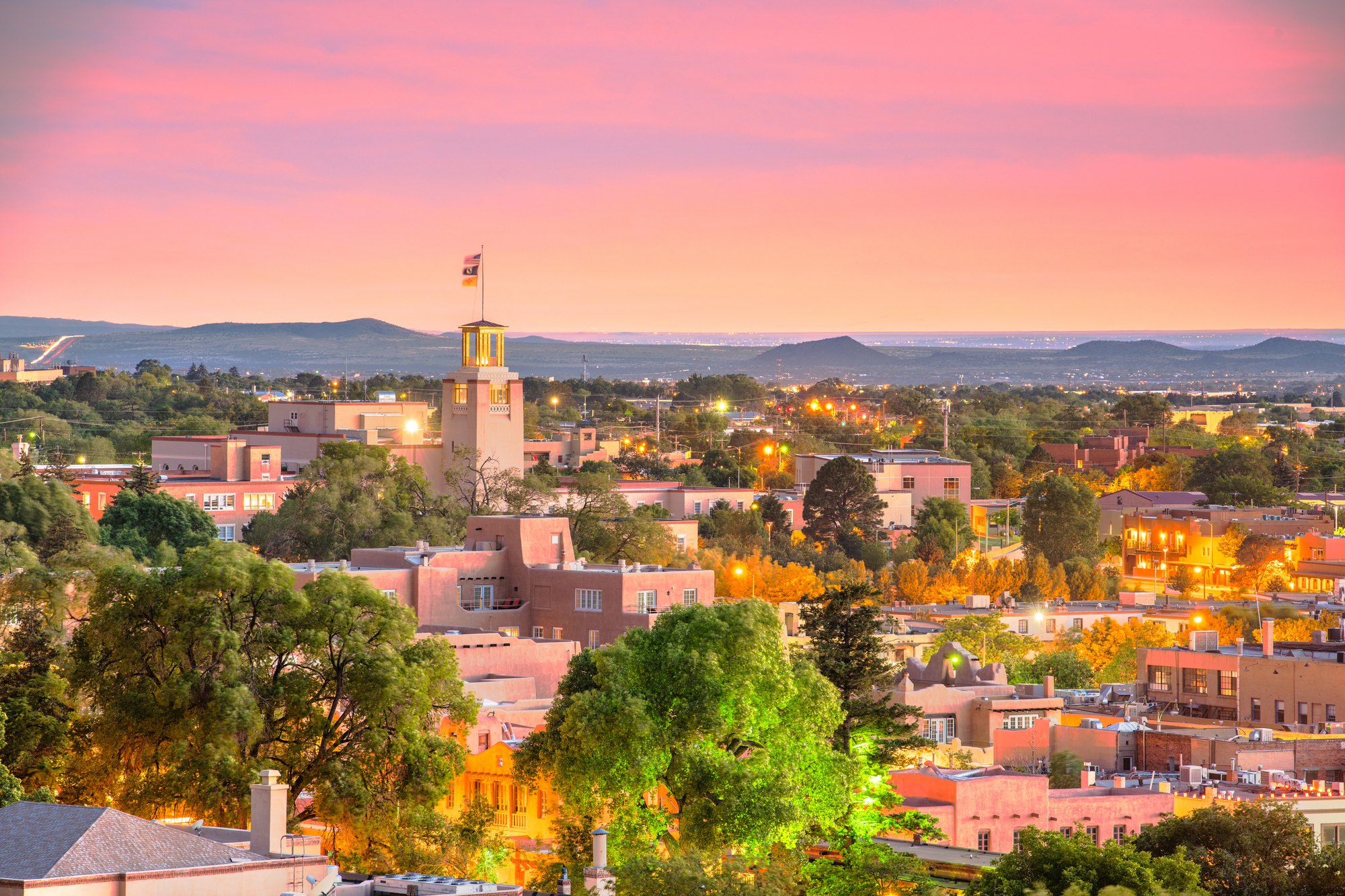
With fewer than 90,000 residents, Santa Fe maintains the third-largest art market in the United States, trailing only New York and Los Angeles. The city blends Native American, Spanish colonial, and contemporary influences across more than 250 galleries and multiple world-class museums, including the Georgia O’Keeffe Museum.
Its distinctive adobe architecture has influenced building styles throughout the Southwest, while the Santa Fe Opera draws international audiences to its stunning open-air theater, where performances unfold against the backdrop of sunset over the Jemez Mountains.
Athens, Georgia
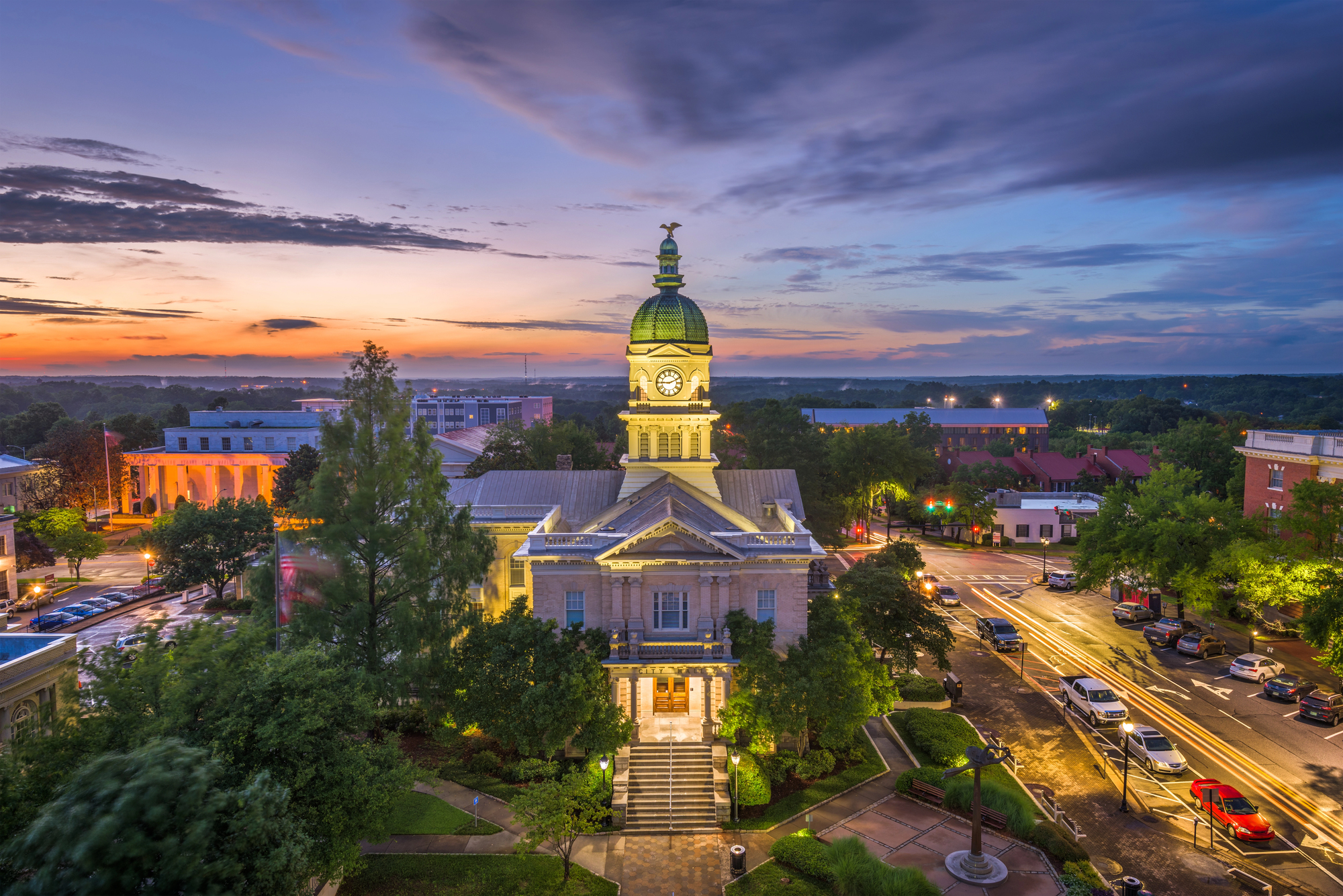
This college town of around 130,000 has produced an astonishing number of influential bands, including R.E.M., the B-52’s, Widespread Panic, and Of Montreal. The music scene continues to thrive in venues like the 40 Watt Club, which has hosted early performances by countless bands that later achieved national prominence.
Beyond music, Athens fosters a thriving arts community, independent bookstores, and award-winning restaurants that create a cultural environment more commonly found in cities several times its size.
Like Travel Pug’s content? Follow us on MSN.
Burlington, Vermont

Overlooking Lake Champlain with just 44,000 residents, Burlington combines environmental consciousness with artistic innovation. The city launched the career of jam band Phish and continues nurturing musicians at venues like Higher Ground.
The Flynn Theater anchors a surprisingly robust performing arts scene for a city this size, while the annual Festival of Fools brings world-class street performers to downtown. Burlington’s commitment to localism and sustainability has influenced urban planning across America, demonstrating how small cities can prioritize quality of life over unlimited growth.
Marfa, Texas

In the remote high desert of West Texas, this tiny town of 1,700 has transformed into an unlikely international art destination. Minimalist artist Donald Judd established the Chinati Foundation here in the 1980s, converting a former military base into massive installation spaces that attract art pilgrims from around the world.
Contemporary galleries, unique accommodations, and boundary-pushing restaurants have followed, creating a surreal cultural outpost where monumental art installations stand against vast landscapes hours from any major city.
Taos, New Mexico
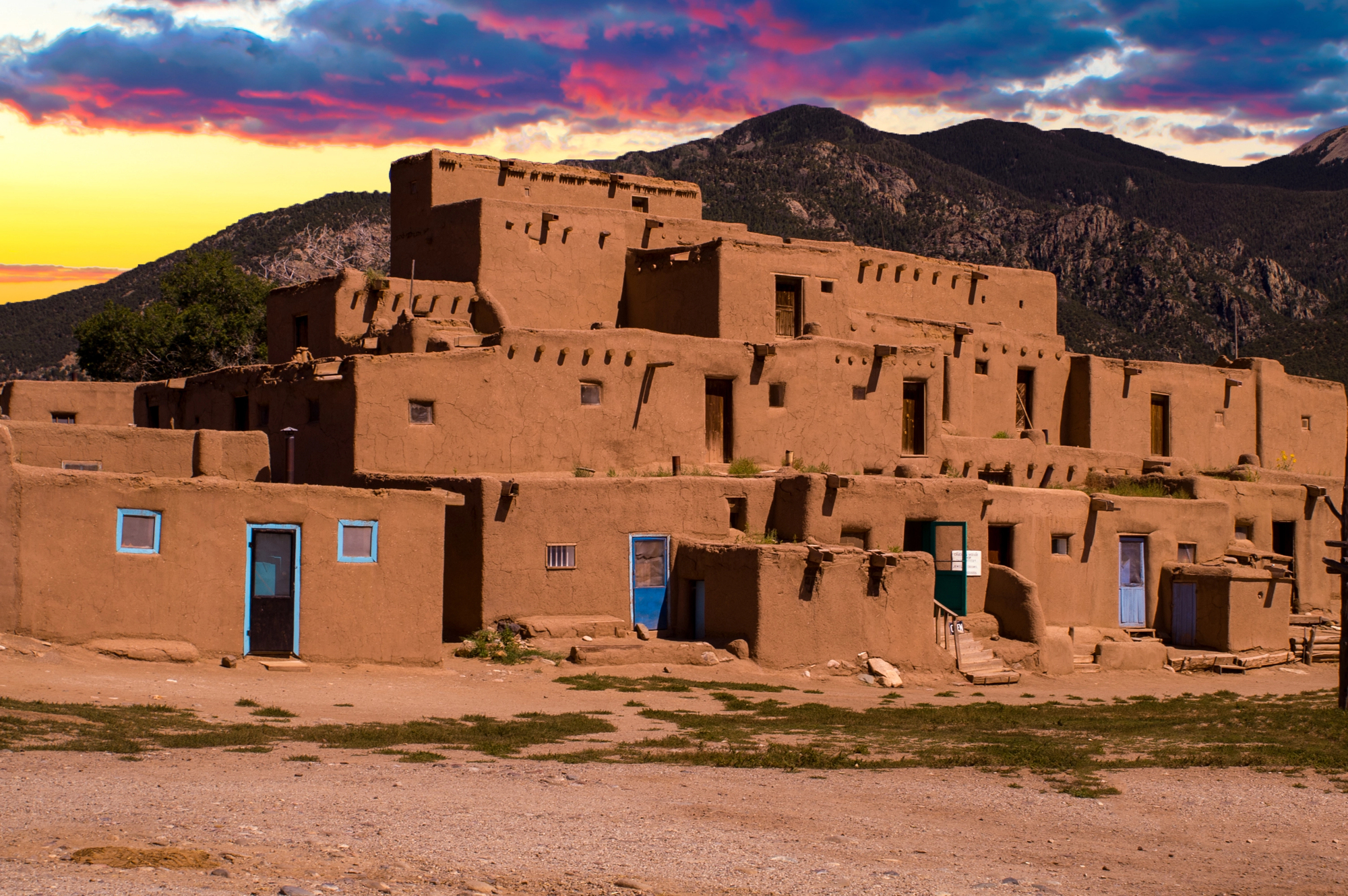
Home to just 6,000 residents, Taos has nurtured creative communities for over a century. The Taos Society of Artists, founded in 1915, brought national attention to the striking landscapes and multicultural heritage of the region.
Today, more than 80 galleries fill the historic plaza and surrounding streets, while Taos Pueblo represents the longest continuously inhabited community in North America. The town’s influence on adobe architecture, sustainable building practices, and artistic representations of the American Southwest extends far beyond its small population.
Like Travel Pug’s content? Follow us on MSN.
Charlottesville, Virginia
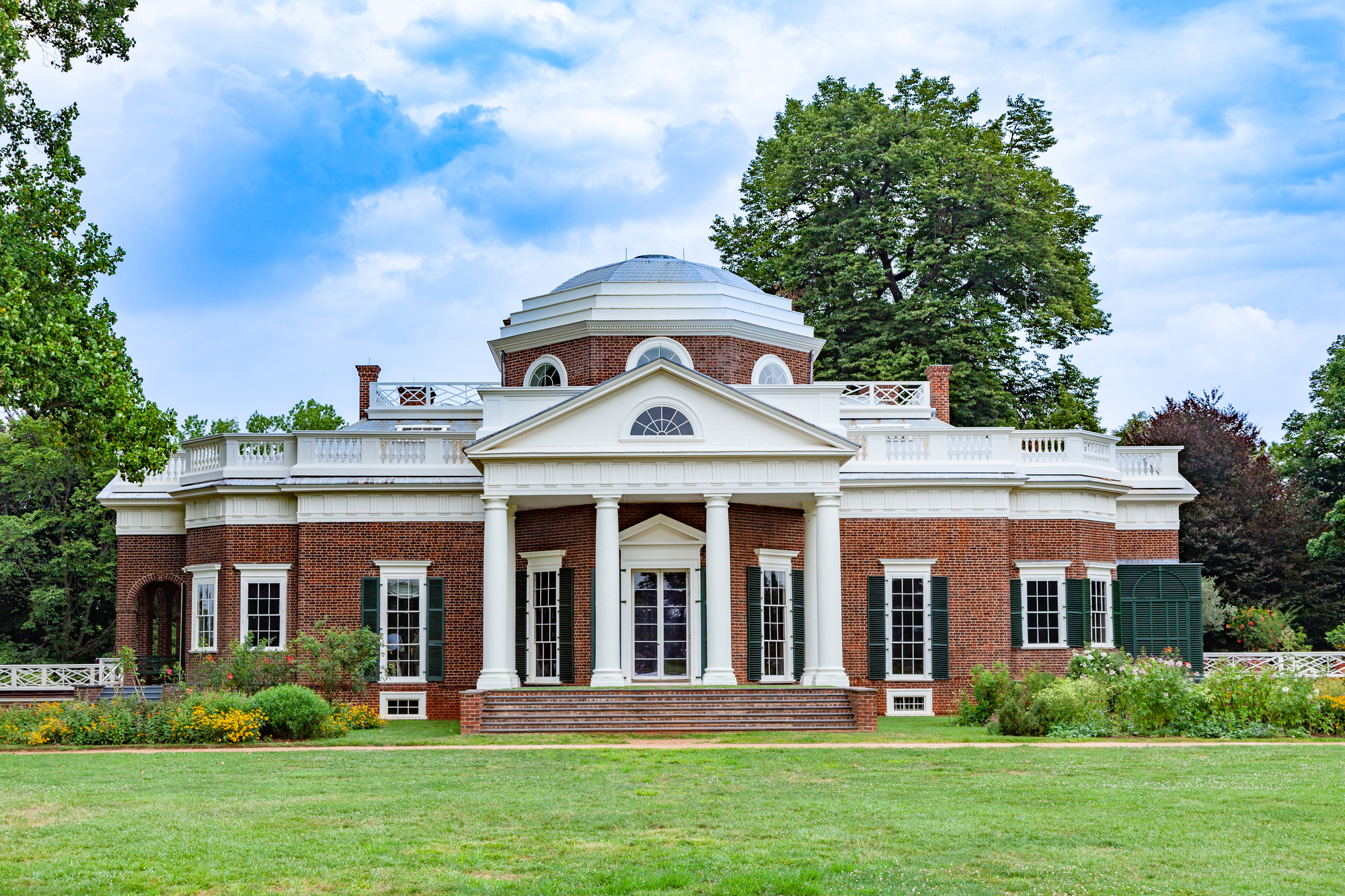
This city of 47,000 combines historical significance with contemporary cultural relevance. Thomas Jefferson designed the iconic University of Virginia campus, now a UNESCO World Heritage site that continues influencing American architectural aesthetics.
The Virginia Film Festival attracts premieres and filmmakers from across the globe, while the vibrant music scene that launched Dave Matthews Band continues nurturing new talent. Literary culture thrives through events like the Virginia Festival of the Book and numerous independent bookstores that host authors throughout the year.
Oxford, Mississippi

With just 25,000 residents, Oxford looms large in America’s literary landscape as the home of William Faulkner and the inspiration for his fictional Yoknapatawpha County. The university town continues attracting writers, with Square Books serving as one of the nation’s most influential independent bookstores and a regular stop on author tours.
The Double Decker Arts Festival transforms downtown each spring, while the Center for the Study of Southern Culture examines and preserves the region’s unique heritage through academic research and public programming.
Beacon, New York
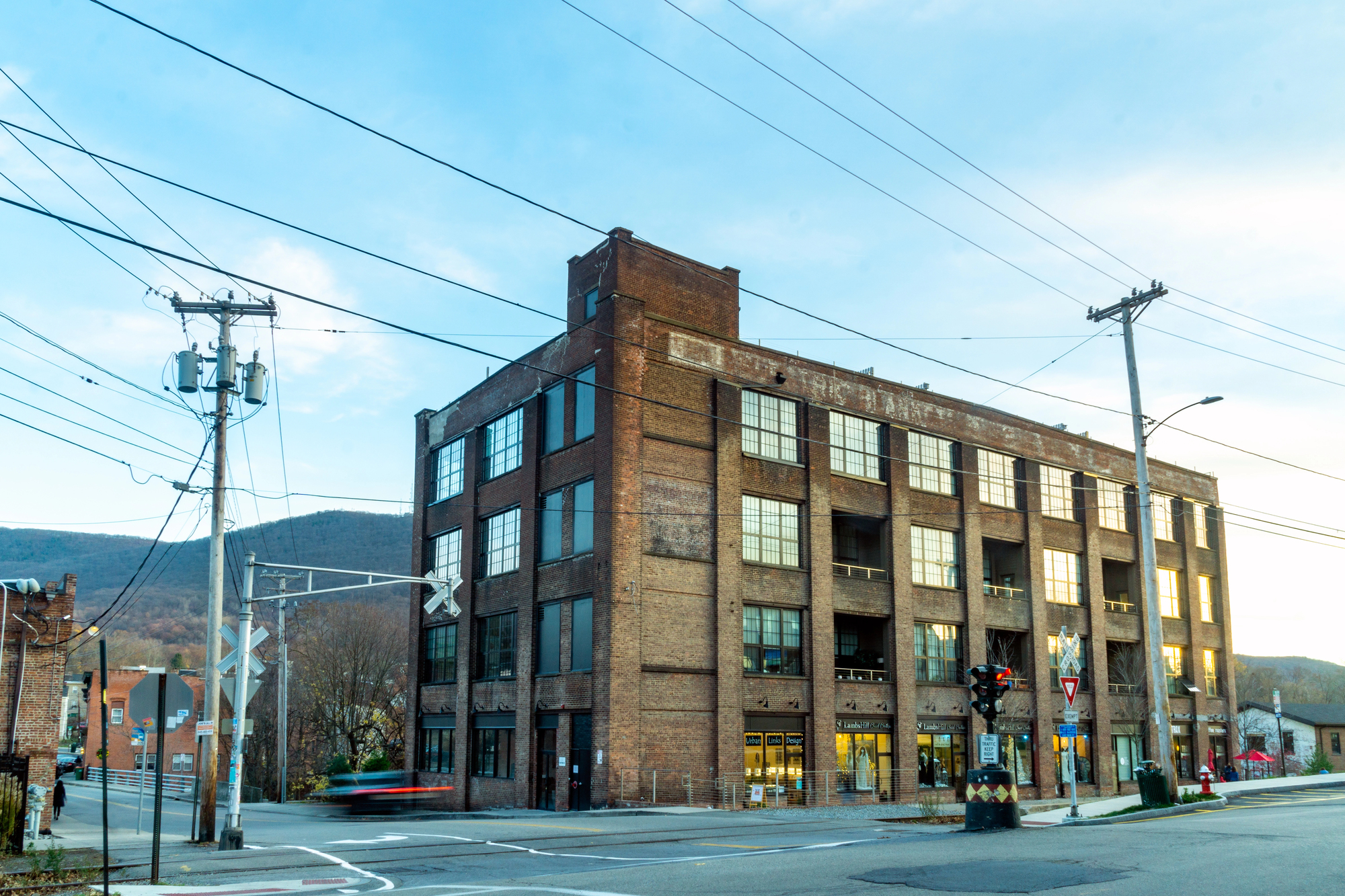
Once a declining industrial town, Beacon reinvented itself as a cultural destination when the massive Dia:Beacon museum opened in 2003, housing monumental works of contemporary art in a former Nabisco factory. The city of 14,000 now supports dozens of galleries along its revitalized Main Street, with former factories converted to working artist spaces.
The transformation has become a case study in culture-driven economic development, demonstrating how arts infrastructure can revitalize small post-industrial cities without erasing their working-class heritage.
Like Travel Pug’s content? Follow us on MSN.
Key West, Florida
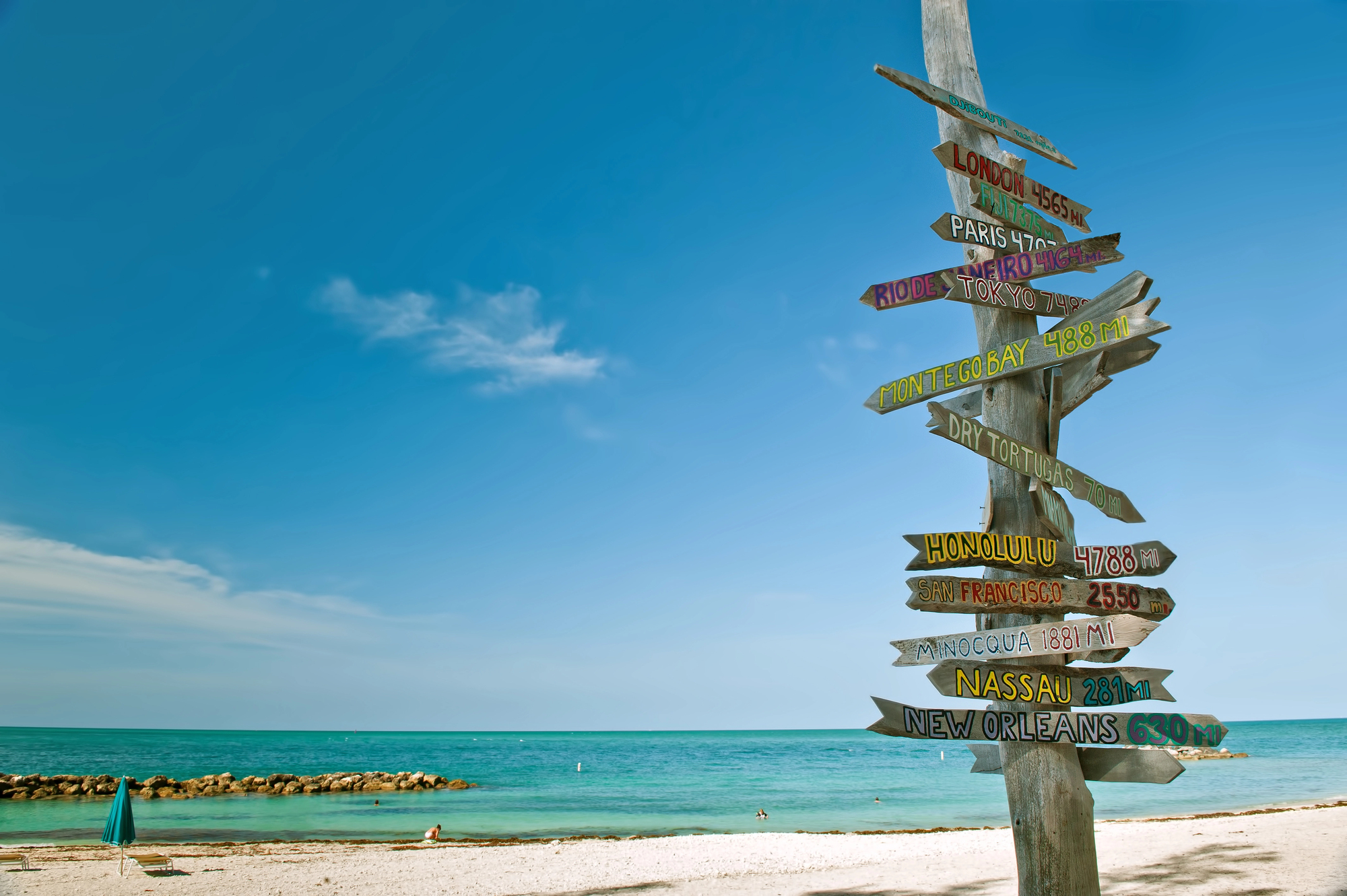
This island city of 24,000 at the southernmost tip of the continental United States has attracted writers and artists for generations. Ernest Hemingway wrote some of his most famous works in his Spanish Colonial home, while Tennessee Williams, Elizabeth Bishop, and Robert Frost found inspiration in the tropical surroundings.
Today, the Studios of Key West supports working artists across disciplines, while literary pilgrimages and festivals celebrate the island’s outsized contribution to American letters. The annual Fantasy Fest exemplifies the city’s embrace of flamboyant self-expression and boundary-pushing creativity.
Bozeman, Montana
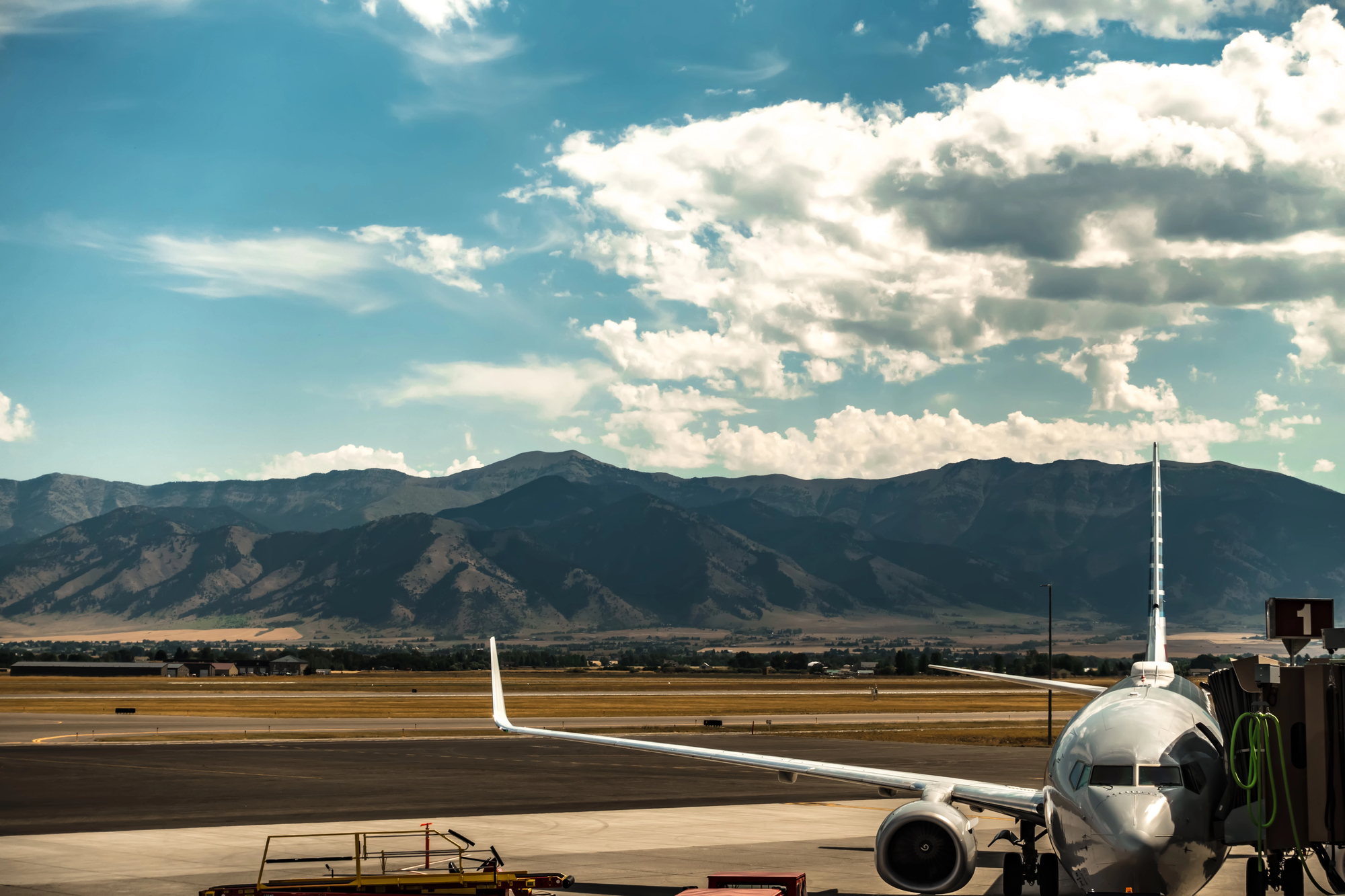
With 53,000 residents, Bozeman has developed into the cultural capital of Montana, where traditional Western heritage meets contemporary creativity. The annual Sweet Pea Festival transforms downtown into a celebration of music, theater, and visual arts, drawing talent from across the region.
Montana State University’s film program has produced numerous award-winning documentarians who capture the changing realities of the American West. The Museum of the Rockies houses one of the world’s largest collections of dinosaur fossils, making this small city a center for paleontological research and education.
Savannah, Georgia
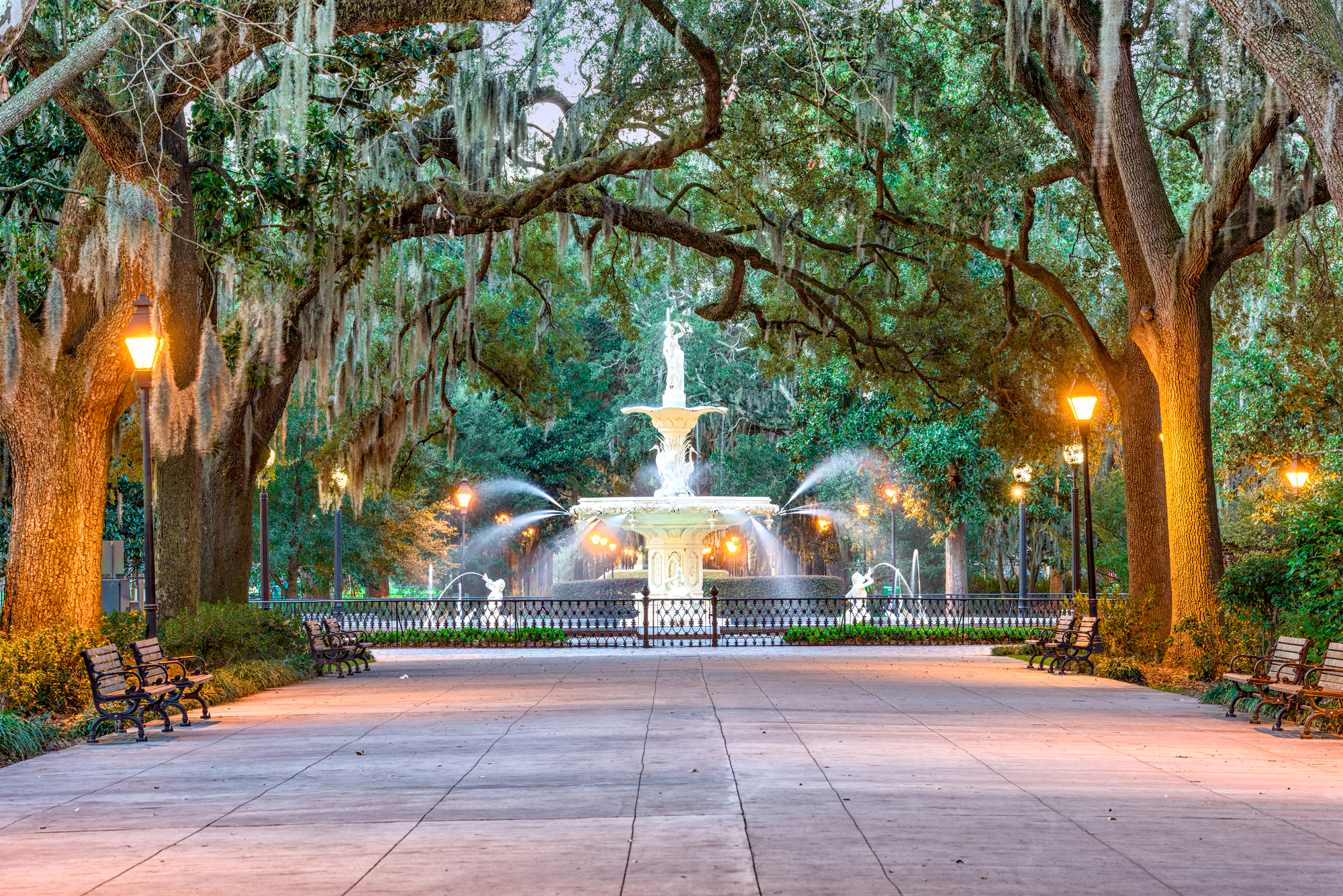
This coastal city of 146,000 preserves the nation’s largest National Historic Landmark District while fostering cutting-edge cultural institutions. The Savannah College of Art and Design has transformed dozens of historic buildings into studios, galleries, and design workshops where students from across the globe develop their creative voices.
The Savannah Music Festival brings world-class performers across genres, while the distinctive urban plan with its 22 historic squares continues influencing urban designers and preservationists seeking to create more livable cities.
Like Travel Pug’s content? Follow us on MSN.
Providence, Rhode Island

Though the state capital, Providence, remains modest with 190,000 residents, while housing cultural powerhouses including Brown University and the Rhode Island School of Design. RISD’s museum and the Providence Athenaeum represent some of America’s oldest cultural institutions, while more recently, the WaterFire installation has reimagined how public art can activate urban waterways.
The city’s Industrial Trust Building, nicknamed the ‘Superman Building,’ has become an iconic example of Art Deco architecture that defines the skyline of this small but mighty cultural center.
Ann Arbor, Michigan
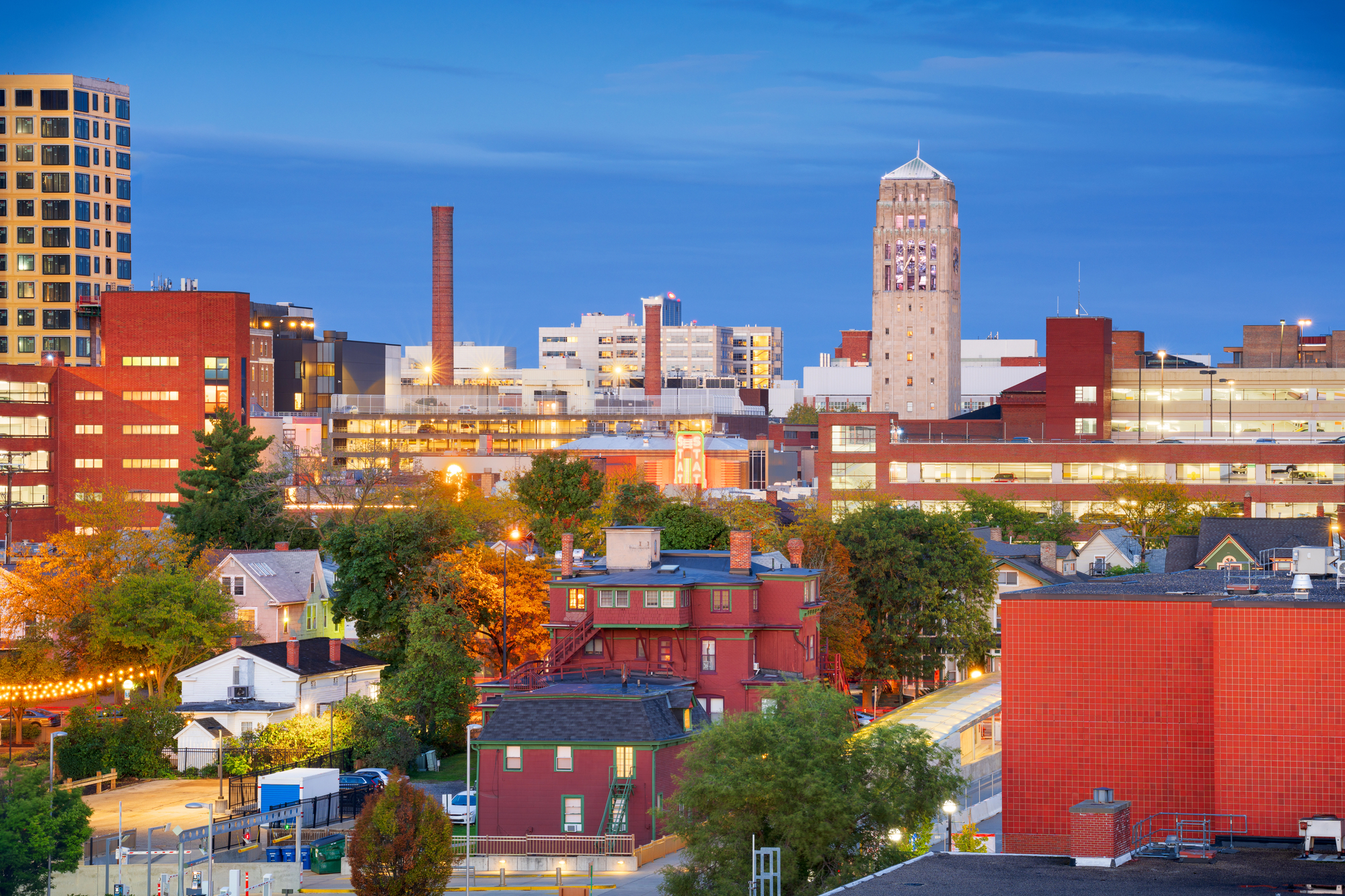
Home to just 123,000 people, Ann Arbor supports cultural offerings typically found in much larger cities. The University of Michigan Museum of Art houses collections spanning centuries and continents, while the university’s musical society presents world-class orchestras, dance companies, and soloists.
The Ann Arbor Film Festival, established in 1963, stands as one of the oldest experimental film festivals in America, consistently showcasing avant-garde cinema. The city’s bookstores, including the legendary Literati, maintain a robust literary culture even in the digital age.
Ojai, California
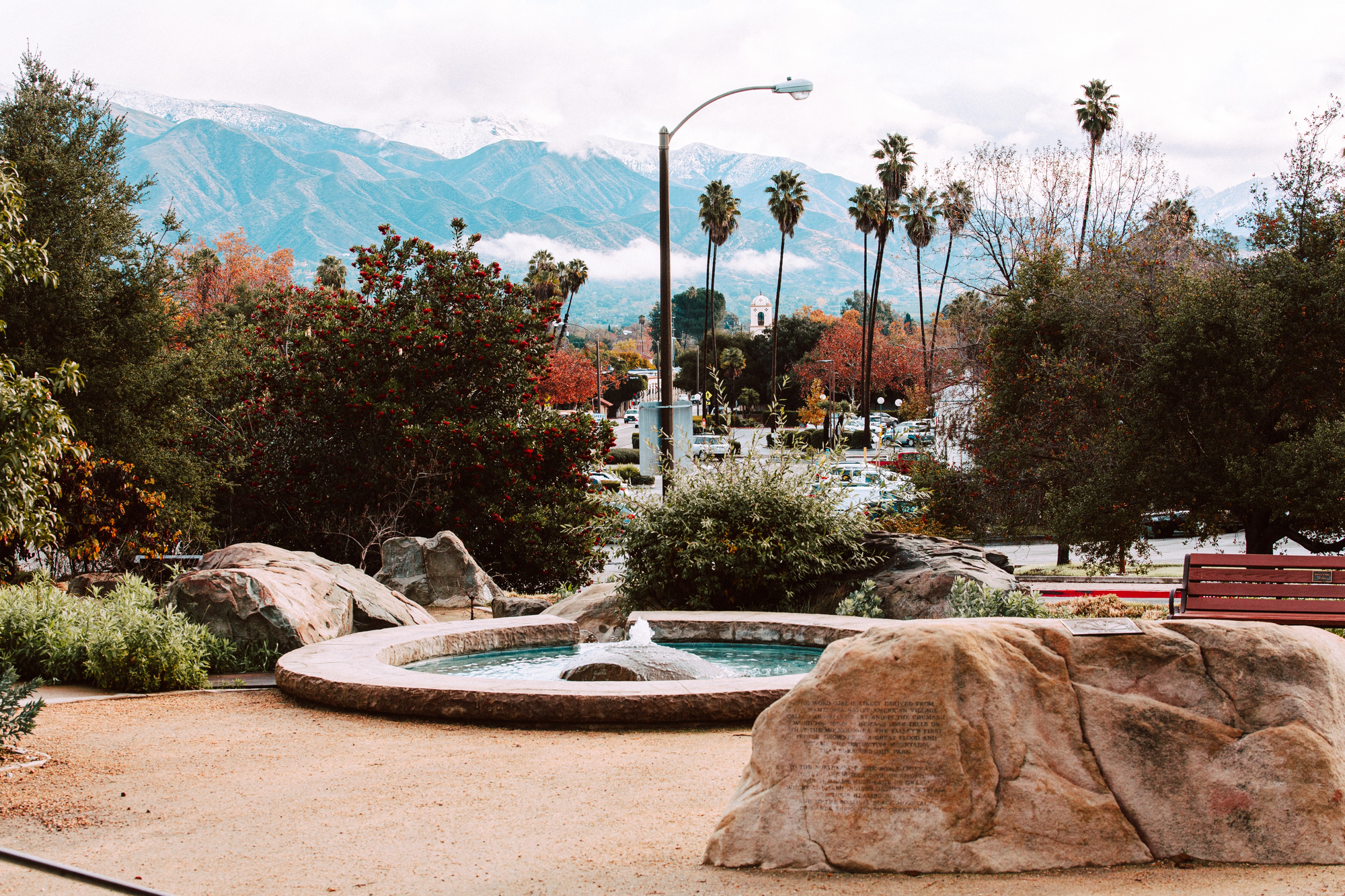
Tucked into a valley northeast of Los Angeles, this community of just 7,500 wields cultural influence through its renowned Ojai Music Festival, which has premiered important works of contemporary classical music since 1947. The town drew spiritual seekers after philosopher Jiddu Krishnamurti established a retreat center here, creating a legacy of mindfulness and alternative spirituality that continues shaping American wellness culture.
Artists and craftspeople maintain studios throughout the valley, contributing to a creative economy that has made Ojai synonymous with both artistic excellence and conscious living.
Like Travel Pug’s content? Follow us on MSN.
Jackson, Wyoming
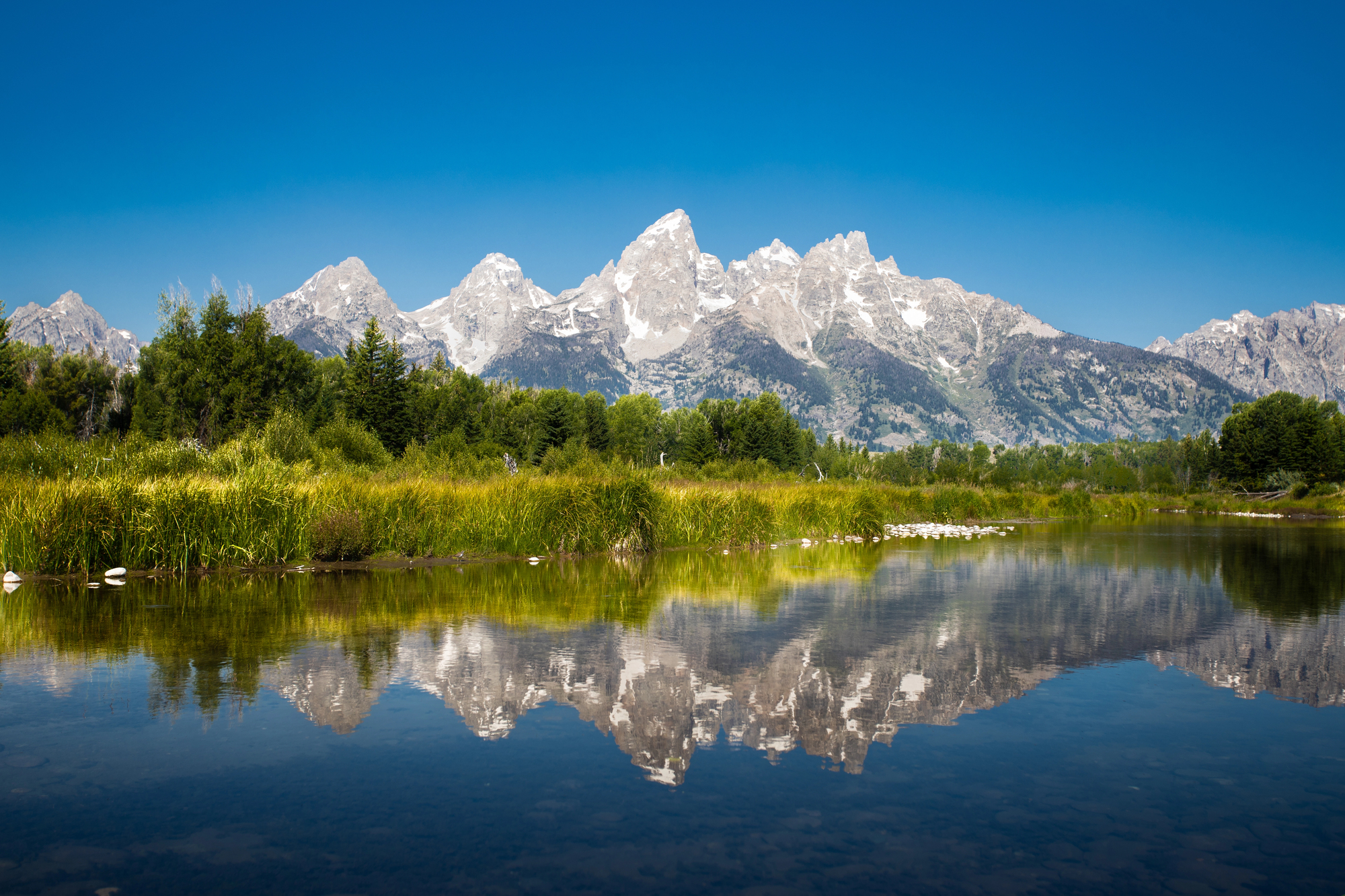
Despite a population of only 10,000, Jackson supports a surprising array of museums, galleries, and performing arts venues against the dramatic backdrop of the Tetons. The National Museum of Wildlife Art houses over 5,000 works representing wild animals across cultures and eras.
The Grand Teton Music Festival attracts top musicians from major symphony orchestras during the summer season, while the town’s Western heritage museums preserve and interpret frontier history that continues fascinating visitors from around the world.
Small Places, Enormous Impact

These 16 communities demonstrate that cultural significance transcends population size and geographic prominence. Their creative achievements emerge from unique combinations of natural beauty, historical circumstance, educational institutions, and the vision of cultural entrepreneurs who recognized potential where others saw limitations.
As America’s largest cities become increasingly expensive for artists and cultural organizations, these smaller centers of creativity gain importance as incubators for new ideas and preservers of diverse traditions. They remind us that cultural vibrancy depends less on the metropolitan scale than on community support, creative infrastructure, and the magnetic pull of places with distinctive identities that nurture authentic expression.
More from Travel Pug

- Cities Growing so Fast You Won’t Recognize Them in 10 Years
- 13 Destinations Where Tourists Regularly Regret Their Trip
- 20 Obscure WWII Sites Even History Buffs Don’t Know About
- 10 Under-the-Radar Mountain Towns That Are Both Affordable and Beautiful
- Remote Villages in Europe Where You Can Live for Free in Exchange for Work
Like Travel Pug’s content? Follow us on MSN.
